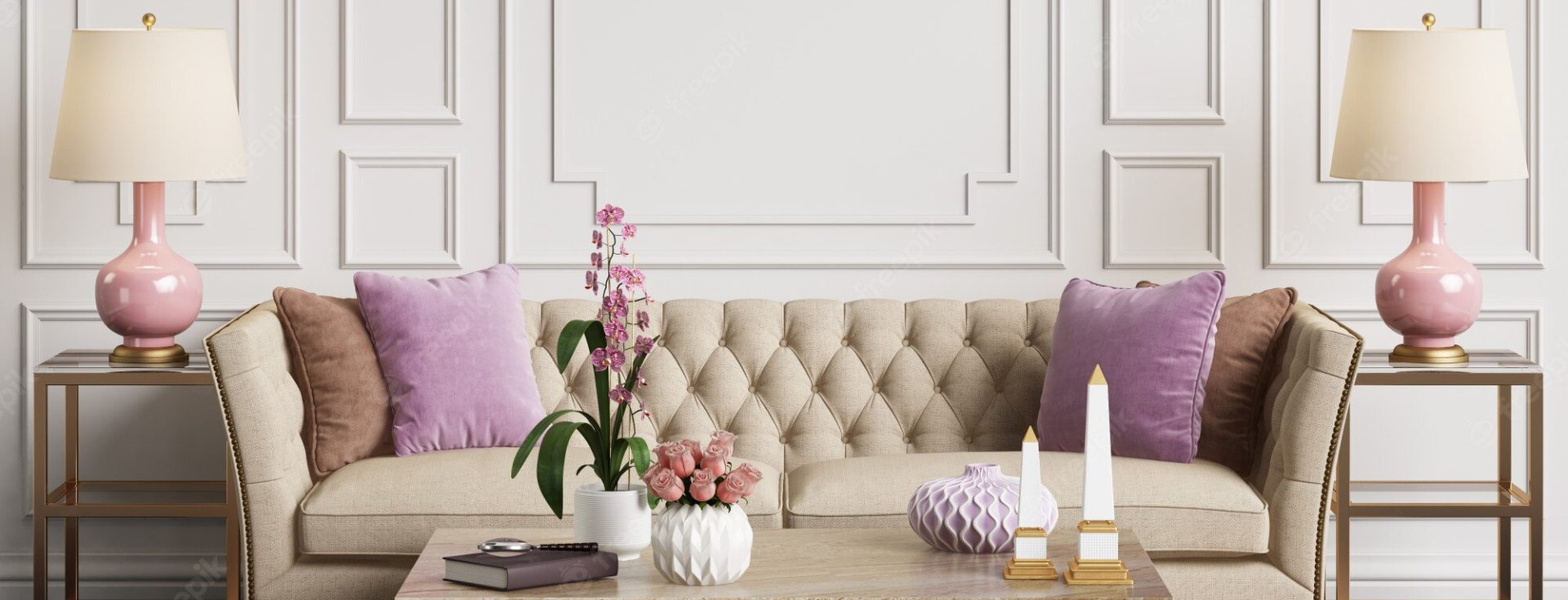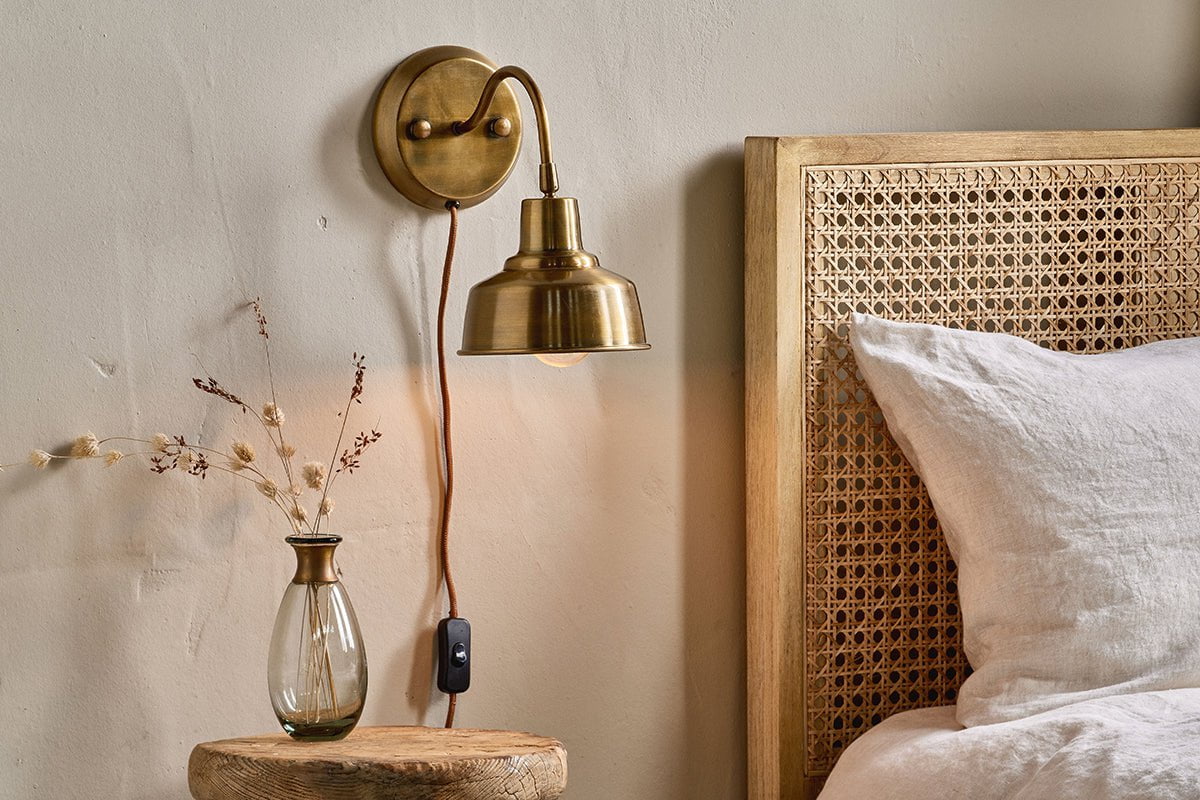Wall lamps offer a unique blend of functionality and aesthetic appeal, making them an excellent choice for bedroom lighting. One of the primary benefits of wall lamps is their ability to save space. Unlike traditional table lamps that require surface area on nightstands or dressers, wall-mounted fixtures free up valuable real estate, allowing for a more streamlined and organized bedroom environment.
This is particularly advantageous in smaller spaces where every inch counts. By eliminating the need for bulky furniture, wall lamps can create a more open and airy feel, contributing to a serene atmosphere conducive to relaxation and rest. In addition to space-saving advantages, wall lamps provide versatile lighting options that can enhance the overall ambiance of a bedroom.
They can be strategically placed to create layers of light, which is essential for achieving a well-lit yet cozy environment. For instance, a pair of wall sconces flanking the bed can offer focused reading light while also casting a warm glow that softens the room’s overall illumination. Furthermore, many wall lamps come with adjustable features, such as swing arms or dimmers, allowing users to customize the intensity and direction of light according to their needs.
This adaptability makes wall lamps not only practical but also an integral part of the bedroom’s design scheme.
How to Choose the Right Wall Lamp for Your Bedroom
Selecting the perfect wall lamp for your bedroom involves considering several factors, including style, size, and functionality. The first step is to identify the overall aesthetic you wish to achieve. Whether your bedroom leans towards modern minimalism, rustic charm, or classic elegance, there are wall lamp designs that can complement your decor.
For instance, sleek metal sconces with clean lines may suit a contemporary space, while ornate fixtures with intricate detailing might be better suited for a traditional setting. Additionally, the finish of the lamp—be it brass, chrome, or matte black—should harmonize with other elements in the room, such as hardware and furniture. Size is another critical consideration when choosing wall lamps.
A lamp that is too large can overwhelm a small space, while one that is too small may get lost against the backdrop of larger furniture pieces. A good rule of thumb is to position wall lamps at eye level when seated or lying down, typically around 60 to 66 inches from the floor. This height ensures that the light is both functional and visually appealing.
Moreover, consider the scale of your bed and other furnishings; larger beds may benefit from more substantial fixtures, while smaller beds can be complemented by more delicate designs. Ultimately, the right wall lamp should enhance the room’s proportions and contribute to a cohesive look.
Installing Your Wall Lamp: Tips and Tricks
Installing wall lamps can seem daunting, but with the right approach and tools, it can be a straightforward process. Before beginning installation, it’s essential to gather all necessary materials, including a drill, screws, anchors (if needed), and a level. Start by determining the ideal location for your wall lamp based on your lighting needs and aesthetic preferences.
Mark the desired height on the wall and use a level to ensure that your markings are straight. This step is crucial for achieving a polished look once the lamp is installed. Once you have marked the location, it’s time to drill holes for mounting.
If you’re installing on drywall, using anchors will provide additional support for heavier fixtures. After drilling, attach the mounting bracket that comes with your wall lamp according to the manufacturer’s instructions. Next, connect the wiring if your lamp requires hardwiring; this may involve connecting wires using wire nuts and ensuring that all connections are secure.
If you’re not comfortable with electrical work, it’s advisable to consult a professional electrician to avoid any safety hazards. Finally, attach the lamp to the mounted bracket and test it to ensure everything is functioning correctly.
Creative Ways to Incorporate Wall Lamps into Your Bedroom Decor
Wall lamps can serve as more than just functional lighting; they can also act as striking decorative elements within your bedroom. One creative way to incorporate wall lamps is by using them as accent pieces above artwork or photographs. By positioning a wall sconce above a framed piece or gallery wall, you can draw attention to your favorite visuals while providing additional illumination that enhances their beauty.
This technique not only highlights your decor but also adds depth and dimension to your walls. Another innovative approach is to use wall lamps in unexpected locations or configurations. For example, consider placing a pair of sconces on either side of a window instead of traditional curtains or blinds.
This placement can create an inviting nook that feels cozy and intimate while also providing functional light for reading or relaxing. Additionally, wall lamps can be used in conjunction with other lighting sources—such as pendant lights or floor lamps—to create a layered lighting effect that adds warmth and character to your space. By experimenting with different placements and combinations, you can transform your bedroom into a unique sanctuary that reflects your personal style.
Maintenance and Care for Your Bedroom Wall Lamp
Maintaining your bedroom wall lamp lampforlife is essential for ensuring its longevity and optimal performance. Regular cleaning is one of the simplest yet most effective ways to keep your fixtures looking their best. Dust and grime can accumulate on both the lamp shade and the fixture itself over time, dulling its appearance and affecting light quality.
To clean your wall lamp, first turn off the power and allow it to cool if it has been recently used. Use a soft cloth or microfiber duster to gently wipe down surfaces; for more stubborn stains or buildup, a mild soap solution can be applied with care. In addition to regular cleaning, it’s important to periodically check the electrical components of your wall lamp.
Inspecting wiring for any signs of wear or damage can prevent potential hazards such as short circuits or electrical fires. If you notice any frayed wires or loose connections, it’s best to address these issues promptly—either by repairing them yourself if you have experience or by hiring a qualified electrician. Furthermore, replacing bulbs as needed ensures that your wall lamp continues to provide adequate lighting without flickering or dimming.
Enhancing Your Bedroom Ambiance with Wall Lamp Placement
The placement of wall lamps plays a crucial role in shaping the ambiance of your bedroom. Thoughtful positioning can create various moods—from tranquil and serene to vibrant and energizing—depending on how light interacts with other elements in the room. For instance, placing wall sconces on either side of the bed not only provides practical reading light but also creates a symmetrical focal point that enhances visual harmony in the space.
This arrangement invites relaxation and comfort, making it ideal for winding down at the end of the day. Moreover, consider using wall lamps to highlight architectural features or design elements within your bedroom. For example, if you have exposed beams or an interesting alcove, strategically placing a wall lamp can draw attention to these features while adding warmth and depth to the overall design.
Additionally, utilizing dimmable wall lamps allows you to adjust brightness levels according to different times of day or activities—bright light for morning routines and softer illumination for evening relaxation. By carefully considering placement and functionality, wall lamps can significantly enhance both the aesthetic appeal and atmosphere of your bedroom sanctuary.





